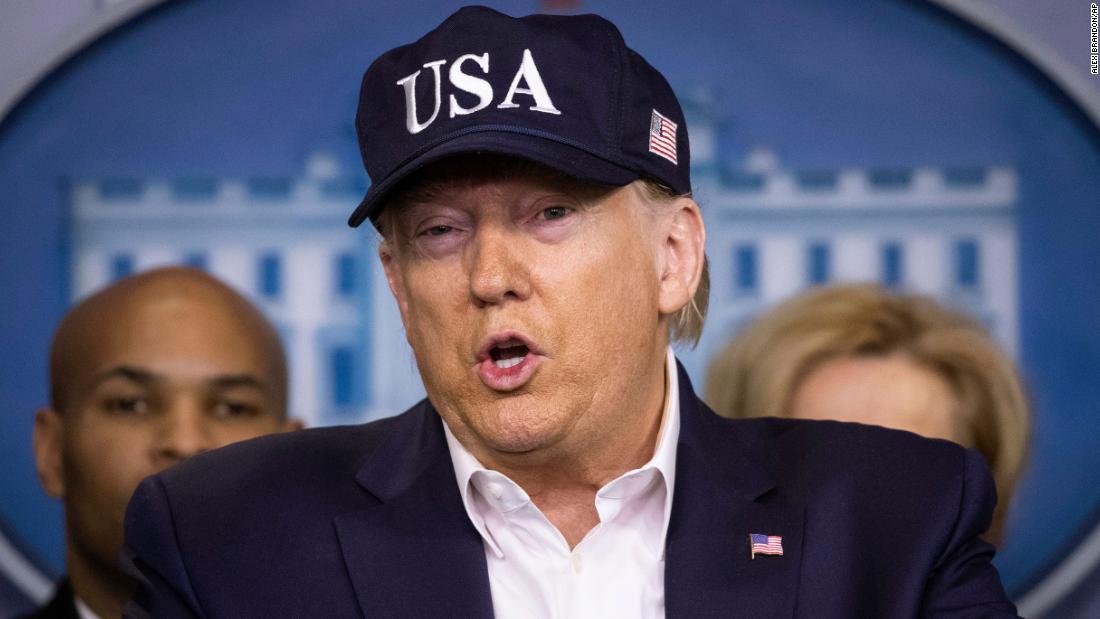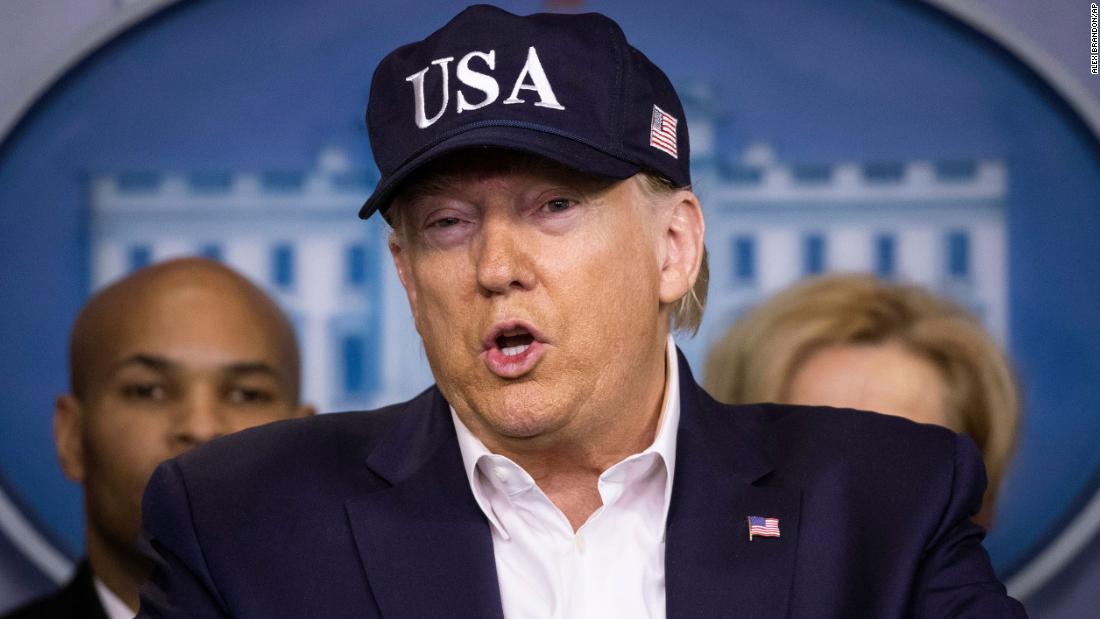How long will it last? — State and local governments — as well as corporate America — are putting the brakes on just about everything. But it’s not clear for how long that’s sustainable. Couldn’t find toilet paper at your local store this weekend? How about milk, eggs or orange juice? Health care and consumer groups are already warning about
supply chain disruptions.
Will it work? — The whole point of this worldwide clampdown on normal human activity is to materially slow the spread of the disease that has continued to grow so rapidly.
But now we know that people who aren’t showing any symptoms can spread COVID-19. And with tests still in short supply, it’s hard to really know how far it’s already gone.
What will be the new reality? — People have put their lives on hold, but at some point the shockwaves will stop being absorbed. People not doing things ultimately means people not getting paid, and uncertainty means no one is starting anything new. Houses won’t get sold. Businesses won’t get started.
Treasury Secretary Steven Mnuchin downplayed the risk of recession Sunday on ABC’s “This Week,” but it feels all but inevitable.
Even if the government can prevent economic calamity —
President Donald Trump signed on to a fresh House spending package late Friday, after initially dismissing it — it seems likely there will be no return to “normal” American life for a long time.
The shock is far from over. The nation’s top infectious disease doctor, Anthony Fauci, said Sunday
he’d like to see Americans hunker down even more and didn’t rule out the idea of a complete nationwide shutdown like France, Spain, Italy and other countries.
Fauci said he’d “like to see a dramatic diminution of the personal interaction that we see” in those places.
“Whatever it takes to do that, that’s what I’d like to see,” Fauci said.
Backlash. Oklahoma’s governor
faced swift criticism after tweeting a photo of himself and his children at a crowded restaurant Saturday, while health officials urge the public to stay home and practice social distancing.
The Democratic primary is still happening
What would Joe Biden or Bernie Sanders do differently? Watch tonight’s CNN-Univision Democratic debate to hear what they have to say.
The debate airs live on CNN and Univision at 8 p.m. ET.
60 days to a national emergency
This all happened so quickly. CNN’s Kelly Mena pointed out that we went from a first US case to a
national emergency in less than two months:
January 21: First case US case of novel coronavirus confirmed in Washington state — a man in his 30s who had recently returned from China.
January 30: First case of person-to-person transmission of the virus in the US is confirmed — the husband of an Illinois woman who contracted the virus in China.
January 31: The Trump administration announces it will deny entry to foreign nationals who have traveled in China in the previous 14 days.
February 2: Mandatory quarantine announced for anyone returning from China’s Hubei province within the previous 14 days or who has traveled to other parts of mainland China and showing symptoms associated with the virus.
It’s the first such quarantine in more than 50 years.
February 26: First US case of unknown origin confirmed in a California patient.
February 29: First US death from the coronavirus is confirmed in Washington state. Gov. Jay Inslee declares a state of emergency in response, as the state’s confirmed cases hits 13.
March 10: New York Gov. Andrew Cuomo implements first US containment zone in a New York City suburb that is the epicenter of the state’s outbreak.
March 13: Trump declares a national emergency.
March 14: Coronavirus is confirmed in 49 states. Only West Virginia
has not seen a confirmed case. Its schools have been shut anyway.
March 15: The Federal Reserve announces a second emergency rate cut, to near zero.


